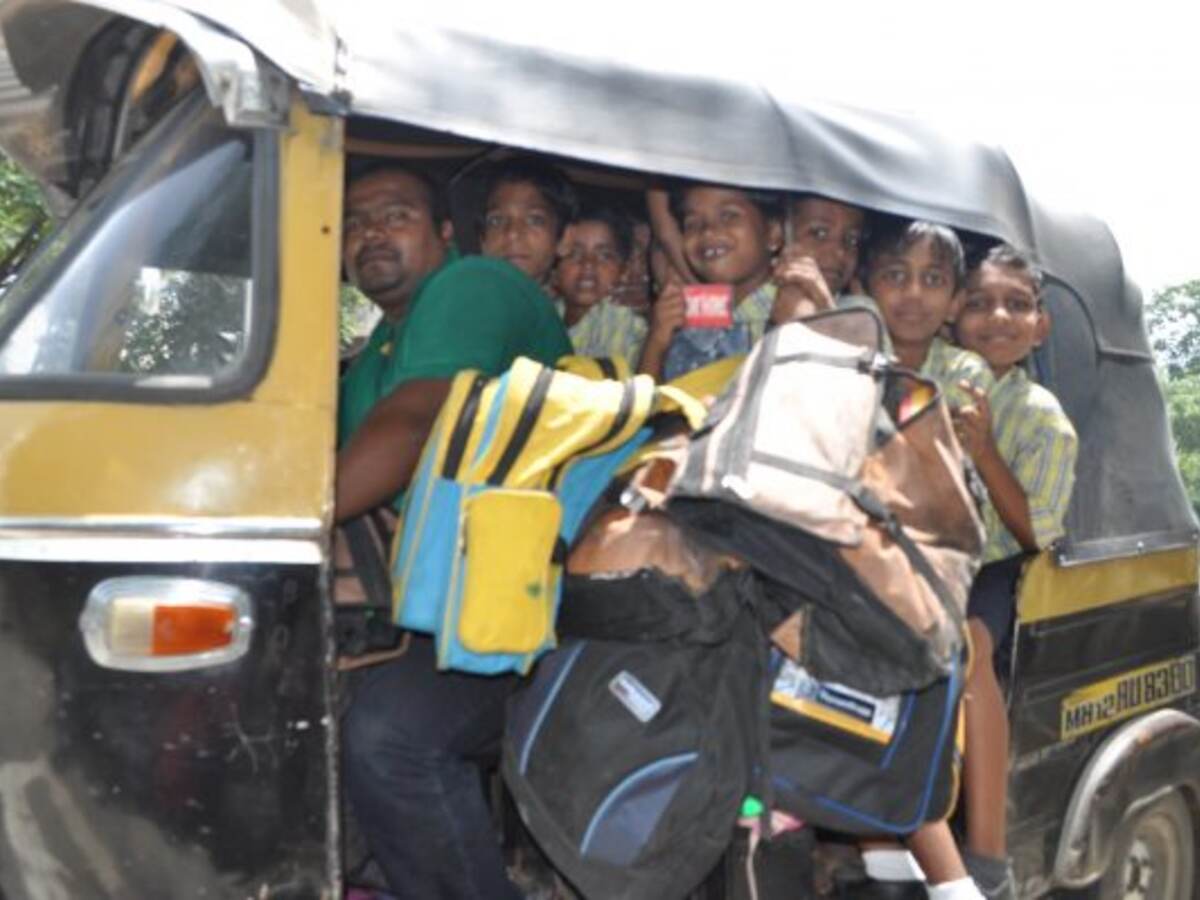June 28, 2016
In 2015 UL and Youth Services of America (YSA), a U.S.-based advocacy organization, partnered to help Indian youth solve local road safety challenges. This problem in India is complicated by the increasing population, a growing middle class and proliferation of vehicles on the road. The bottom line: The lack of road safety has overwhelming statistics and tragic implications.
India experiences 17 deaths each hour, adding up to 140,000 deaths yearly and includes 75,000 youths between ages 15-34, according to the Road Accident Report for 2014, Road Transport and Highways Ministry of India.
Inspired by India’s educators and youth, UL and YSA joined together to support and strengthen participation in addressing the issue of road safety through “Safer Roads, Safer India” leadership programs. This program is supported because it aligns with UL’s mission, which encourages safe living and working environments for all.
“Road safety concerns every person across the country. Road accidents cannot be considered an unavoidable byproduct of economic growth…we need economic growth with public safety,” says R.A. Venkitachalam, UL Vice President, Public Safety. He is based in Bangalore, India.
Given that more than 50 percent of India’s population is under the age of 25, UL wanted to structure a program to encourage young people to come together to create local solutions. According to Cara Gizzi, UL Director of Public Safety Education and Outreach, “UL and YSA created more than just a campaign. They are supporting a movement that is helping to change the mindset of youth and how they think and act on the issues surrounding road safety.”
Pilot Project Results
Safer Roads, Safer India was kicked off in 2015. Approximately 90 applications were received. The grantees included 20 youth fellows and 20 teachers, who were asked to organize and implement youth-led awareness, service, advocacy, and philanthropic campaigns and activities. YSA trained grantees in Bangalore, Delhi, Mumbai and Pune from August through September 2015.
“The impact of the program is multifold. It connects with individuals, influencers, and students who are passionate, intelligent and dedicated to this life-saving effort,” says Gizzi.
Last year’s program was considered a success because of initiatives that included:
- Raising public awareness about road safety,
- Connecting local teams with law enforcement,
- Educating peers and community members to increase safe behaviors,
- Leading community service projects that engaged volunteers in addressing road safety issues, and
- Advocating for policies to increase road safety.
The program reached more than 6,000 people directly, 57,000 indirectly and 33,000 children. There were over 500 road safety audits conducted and 100 organizations that assisted in the process. See the chart “Safer Roads, Safer India Grant Program.”
This first year focused on issue awareness to bring the breadth of road safety to the forefront. Activities from the campaign ranged from creating road safety model making competitions to developing awareness programs, organizing traffic summits and more. Participants developed plans to educate the public about the rules of the road, the importance of seatbelts and driving mobile free.
In April 2016, Safer Roads, Safer India kicked off its second year, focusing on advocacy, solutions and lobbying government officials. The program hopes to continue to find creative solutions to save lives, whether the idea comes from a student or teacher.
“We are focused on active citizenship, where the energetic students act as advocates for road safety. This is being achieved through a deeper appreciation of the problem by engaging in activities like audits, enhancing public awareness and taking the initiative to engage authorities, thus generating a demand for safety measures,” says Venkitachalam.


